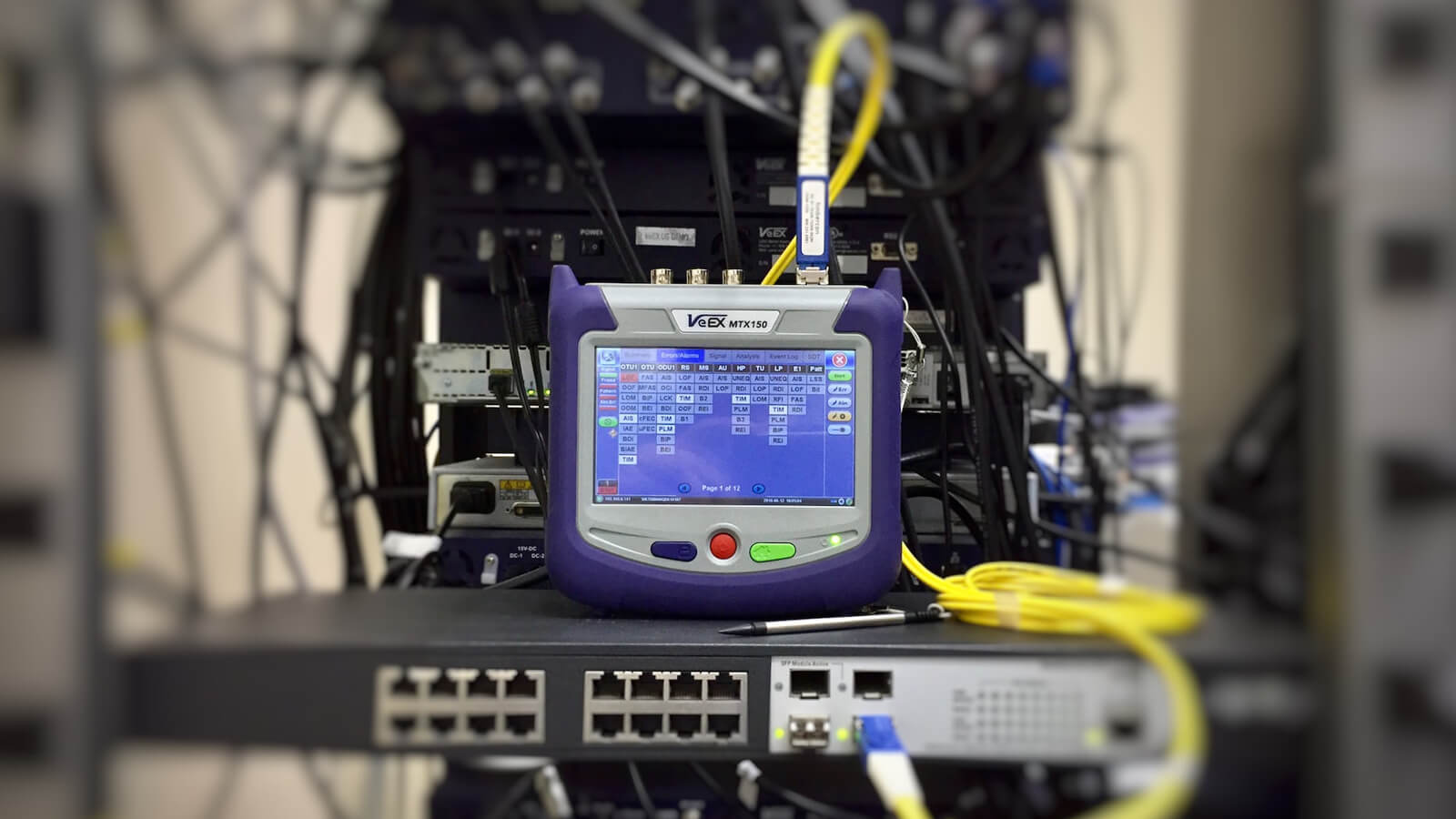
How reed switch sensors work and their structure
A typical reed switch sensor has the form of a small tube with a diameter of a few millimeters and a length of two to three centimeters. There are wires leading out of both ends of the tube for connecting the element to an electrical circuit. Inside the reed switch, there are two ferromagnetic blades positioned in such a way that they remain open in the absence of an external magnetic field, and no current flows through the element. However, if such a field appears, whether it comes from a permanent magnet or an electromagnet, an attractive force occurs between the blades. Sufficient magnetic field strength causes magnetization of the blades, eventually bringing them closer together, closing the circuit. When the magnetic field ceases to exist, the blades return to their original positions. The presented diagram describes the operation of typical reed switches, but there are more types available on the market, differing in construction, parameters, and applications. Designers often opt for reed switches with three terminals, known as COM. When choosing to use reed switches, it is important to remember that due to their construction, they are not suitable for heavy loads. Excessive current could cause an electric arc to form and damage the delicate ends of the blades, resulting in irreversible damage to the component.
Reed Switch Sensors - Applications
Because reed switches are made of glass, many designers consider them delicate devices and refrain from using them. This perception is entirely wrong because this delicacy is only apparent. Placing the glass bulb, for example, in a plastic housing ensures high durability and resistance to mechanical damage. One of the most common applications of reed switches is in alarm systems. Installing a reed switch on the door frame and a magnet on the door or window provides information when they are opened, which in turn activates the alarm. The industrial sector also makes extensive use of reed switches. Despite many other solutions, these small elements are used as sensors in production lines and control systems. Reed switches can also be found in gate automation systems and, interestingly, in bicycle odometers. This confirms that contrary to popular opinion, these components can be safely used without the risk of breakage. A magnet is mounted on one of the spokes, while a hermetically sealed reed switch is placed on the fork. Each rotation of the wheel and movement of the spoke with the magnet past the sensor is measured by the odometer, and the speed is calculated based on time.
Source:
Tags:
piątek 2020-10-02T18:00:00

